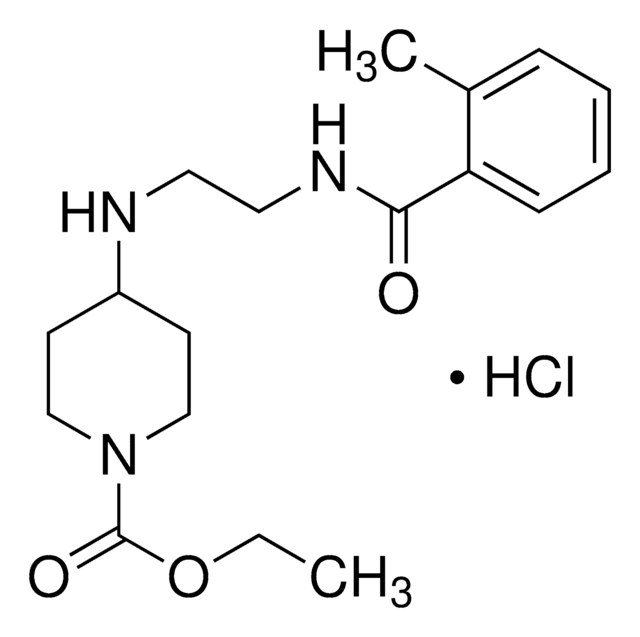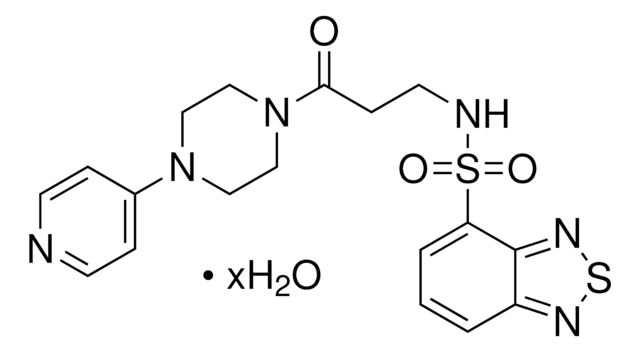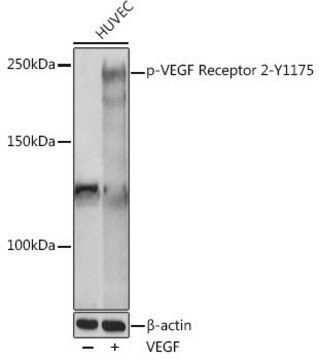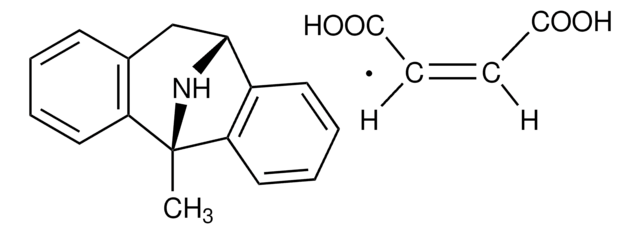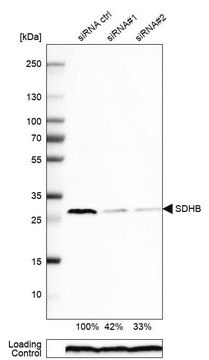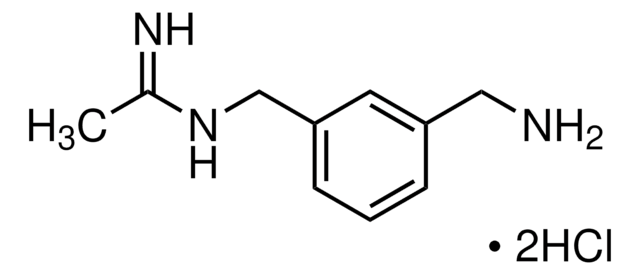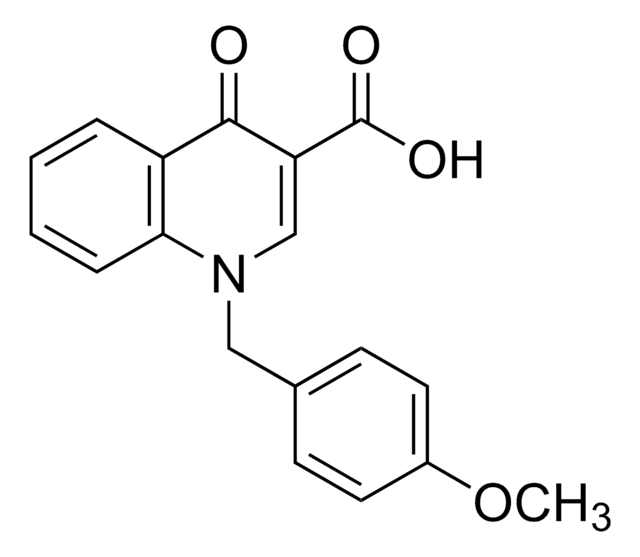V5015
VU0152100
≥98% (HPLC)
Synonyme(s) :
3-Amino-N-[(4-methoxyphenyl)methyl]-4,6-dimethyl-thieno[2,3-b]pyridine-2-carboxamide
About This Item
Produits recommandés
Niveau de qualité
Pureté
≥98% (HPLC)
Forme
powder
Solubilité
DMSO: >50 mg/mL
Température de stockage
2-8°C
Chaîne SMILES
COc1ccc(CNC(=O)c2sc3nc(C)cc(C)c3c2N)cc1
InChI
1S/C18H19N3O2S/c1-10-8-11(2)21-18-14(10)15(19)16(24-18)17(22)20-9-12-4-6-13(23-3)7-5-12/h4-8H,9,19H2,1-3H3,(H,20,22)
Clé InChI
MDNWGCQSCGNTKH-UHFFFAOYSA-N
Actions biochimiques/physiologiques
Caractéristiques et avantages
Mention d'avertissement
Danger
Mentions de danger
Conseils de prudence
Classification des risques
Acute Tox. 3 Oral - Eye Irrit. 2
Code de la classe de stockage
6.1C - Combustible acute toxic Cat.3 / toxic compounds or compounds which causing chronic effects
Classe de danger pour l'eau (WGK)
WGK 3
Point d'éclair (°F)
Not applicable
Point d'éclair (°C)
Not applicable
Certificats d'analyse (COA)
Recherchez un Certificats d'analyse (COA) en saisissant le numéro de lot du produit. Les numéros de lot figurent sur l'étiquette du produit après les mots "Lot" ou "Batch".
Déjà en possession de ce produit ?
Retrouvez la documentation relative aux produits que vous avez récemment achetés dans la Bibliothèque de documents.
Articles
Muscarinic acetylcholine receptors are G protein-coupled receptors (GPCRs) and mediate acetylcholine actions in the CNS and non-nervous tissues. Learn more about acetylcholine receptors and their role in cell signaling.
Notre équipe de scientifiques dispose d'une expérience dans tous les secteurs de la recherche, notamment en sciences de la vie, science des matériaux, synthèse chimique, chromatographie, analyse et dans de nombreux autres domaines..
Contacter notre Service technique